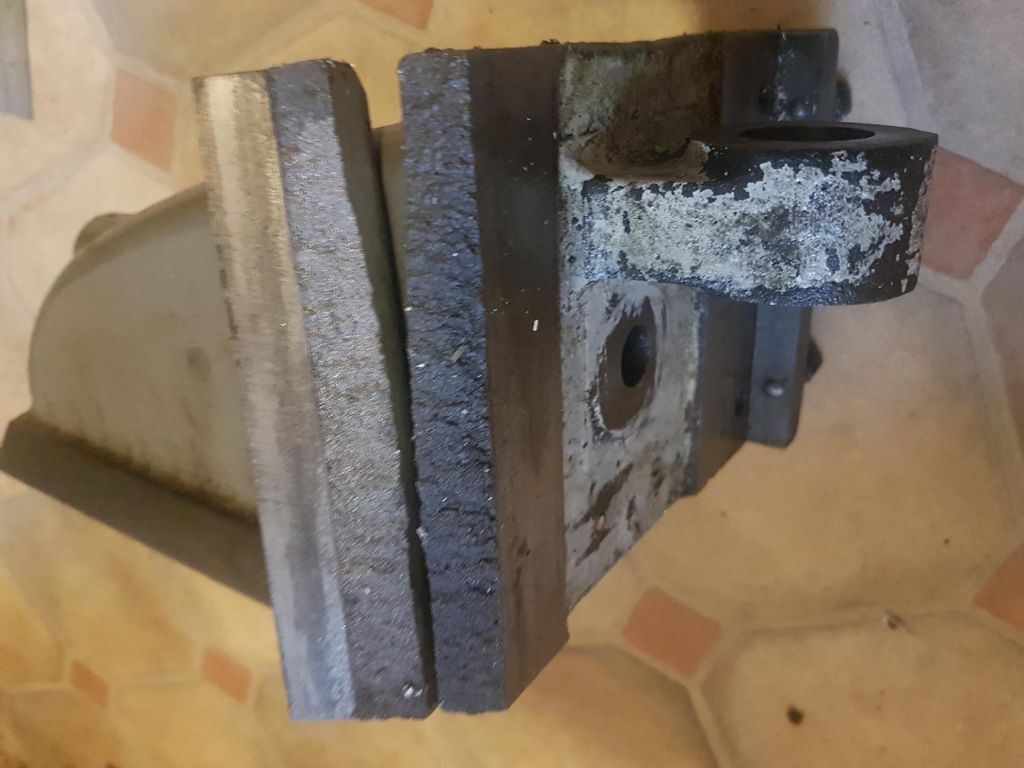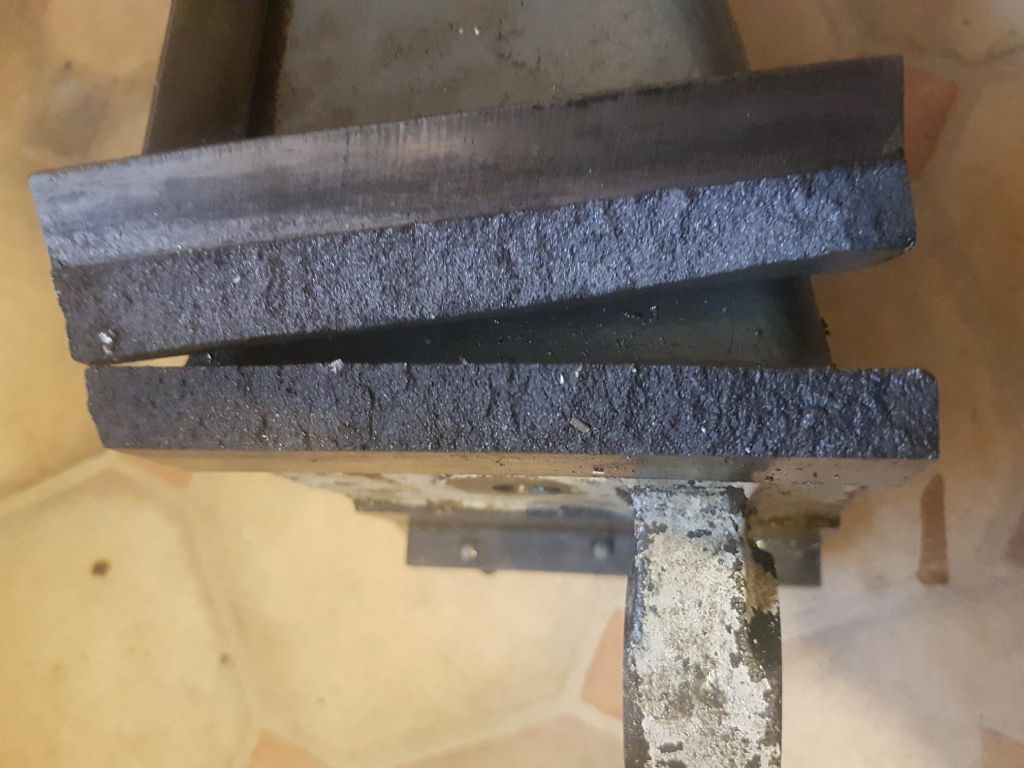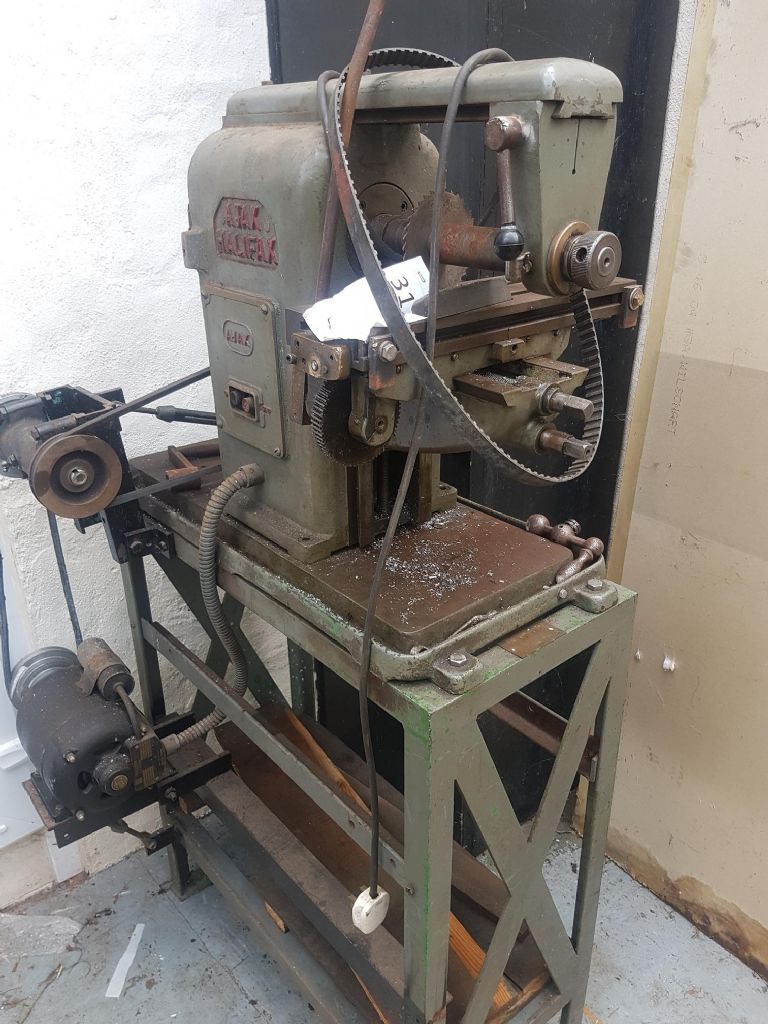Repair required for Milling Knee
Repair required for Milling Knee
- This topic has 20 replies, 17 voices, and was last updated 7 September 2019 at 10:04 by
Baz.
Viewing 21 posts - 1 through 21 (of 21 total)
Viewing 21 posts - 1 through 21 (of 21 total)
- Please log in to reply to this topic. Registering is free and easy using the links on the menu at the top of this page.
Latest Replies
Viewing 25 topics - 1 through 25 (of 25 total)
-
- Topic
- Voices
- Last Post
Viewing 25 topics - 1 through 25 (of 25 total)
Latest Issue
Newsletter Sign-up
Latest Replies
- New Compressor
- Ultra Newcomer Lathe Setup Query
- Arc Euro Trade Ltd.
- Bandsaw vs Powered Hacksaw vs Chop Saw?
- Save your Swarf!
- 14mm mild steel tube – I thought this would’ve easy…..
- MD65 leadscrew cross-slide stuck in nut
- Will iron rivets expand to fill oversized hole?
- Precedent Perkasa MTB plans
- Depth of cut cowells me90







